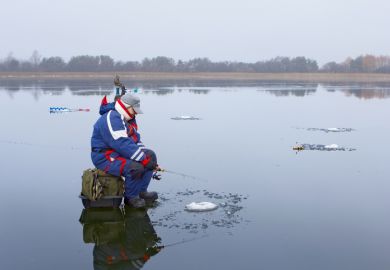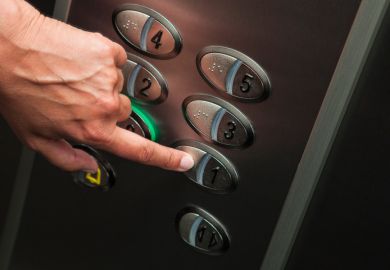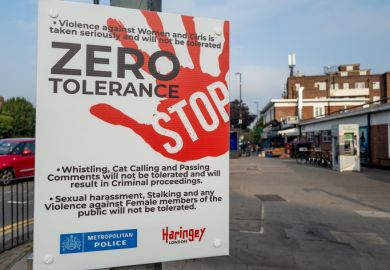Australia is within a hair’s breadth of achieving a 10-year-old target that motivated the uncapping of the country’s higher education system.
The proportion of adults with higher education qualifications has reached 39.8 per cent, according to figures released on 8 November by the Australian Bureau of Statistics.
The 2008 Bradley Review of Higher Education, which led to the introduction of Australia’s demand-driven higher education system, advised the government to adopt a target of 40 per cent of 25- to 34-year-olds having bachelor’s or postgraduate qualifications by 2020.
The proportion stood at just 29 per cent at the time, according to the Bradley report.
The Labor government of the time accepted the target as a goal for its uncapped university system, although it set a more conservative timeframe of 2025. The Liberal-National party coalition scrapped the target after it won power in 2013.
The ABS report says that higher education qualifications are now held by 45.4 per cent of 25-34-year-old women and 33.9 per cent of men in that age group. Both figures have risen fairly consistently since the early 1980s.
Women’s higher education attainment drew level with that of men in 1993, and passed 40 per cent in 2011. The gap between the genders has exceeded 10 percentage points for most of the past decade. Men are more likely than women to obtain vocational certificates, which can facilitate careers in well-paid trades.
The figures come from the ABS’ annual survey of education and work, which was conducted throughout Australia in May and involved almost 42,000 interviews.
In December, the government capped higher education teaching grants, in effect ending the demand-driven system. However, any change in university funding could be expected to take years to affect 25-34-year-olds.
The Bradley review also set another target, widely regarded as more challenging, for the proportion of undergraduate students from disadvantaged groups to reach 20 per cent by 2020 – up from about 15 per cent at the time. Progress against this goal has been modest.
According to the latest figures, disadvantaged people’s share of undergraduate enrolments reached 17.6 per cent in 2017, or 15.2 per cent under a more fine-grained measure based on “statistical areas” rather than postcodes.
The ABS report says that 19 per cent of Australian adults are undertaking formal study this year, up from 17.8 per cent a decade ago. The increase has been almost completely among women, whose proportion of active students has risen from 18 per cent to 20.2 per cent.
The report says that more than 1.3 million Australians are studying for higher education qualifications this year.
Register to continue
Why register?
- Registration is free and only takes a moment
- Once registered, you can read 3 articles a month
- Sign up for our newsletter
Subscribe
Or subscribe for unlimited access to:
- Unlimited access to news, views, insights & reviews
- Digital editions
- Digital access to THE’s university and college rankings analysis
Already registered or a current subscriber?








